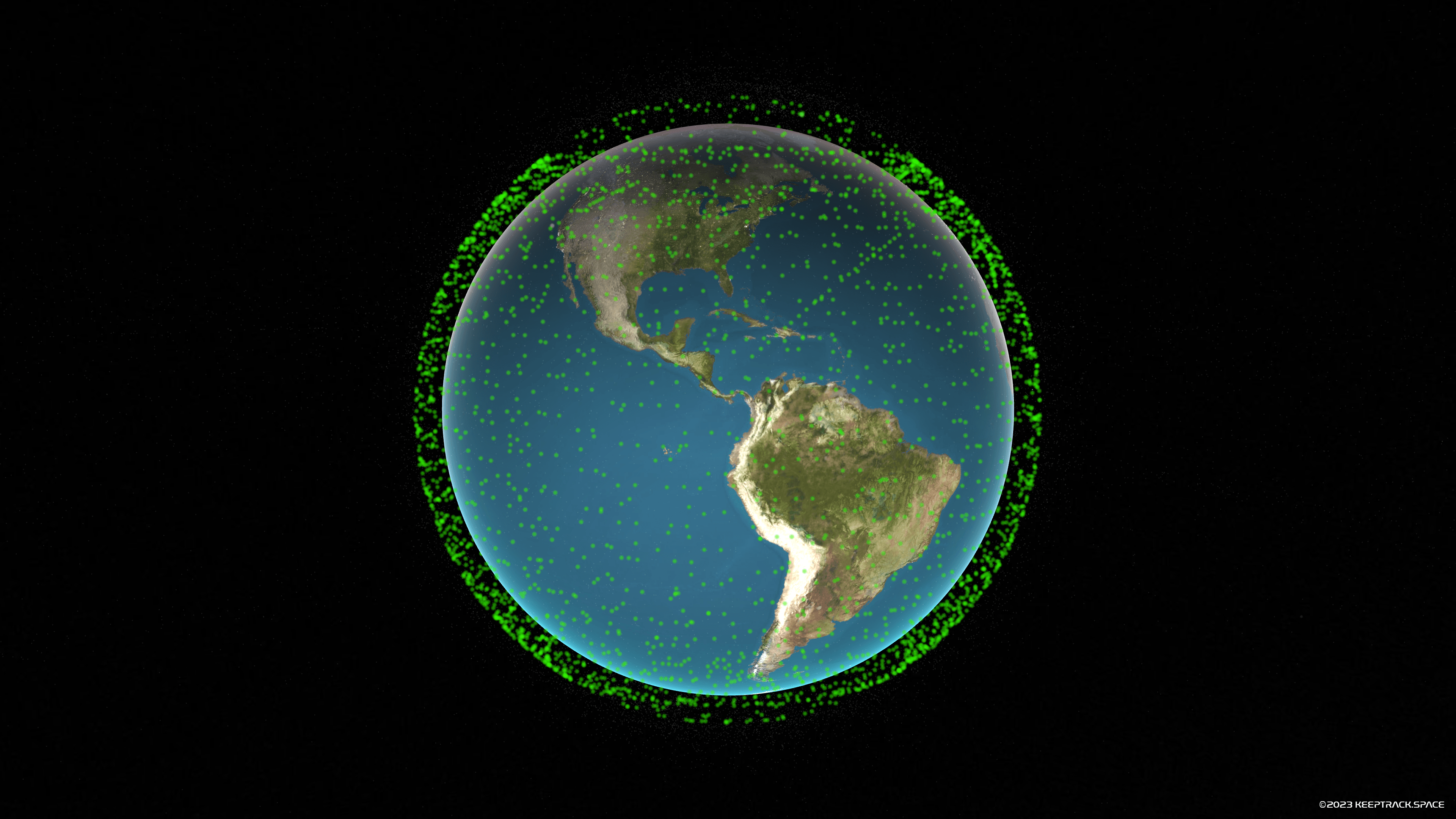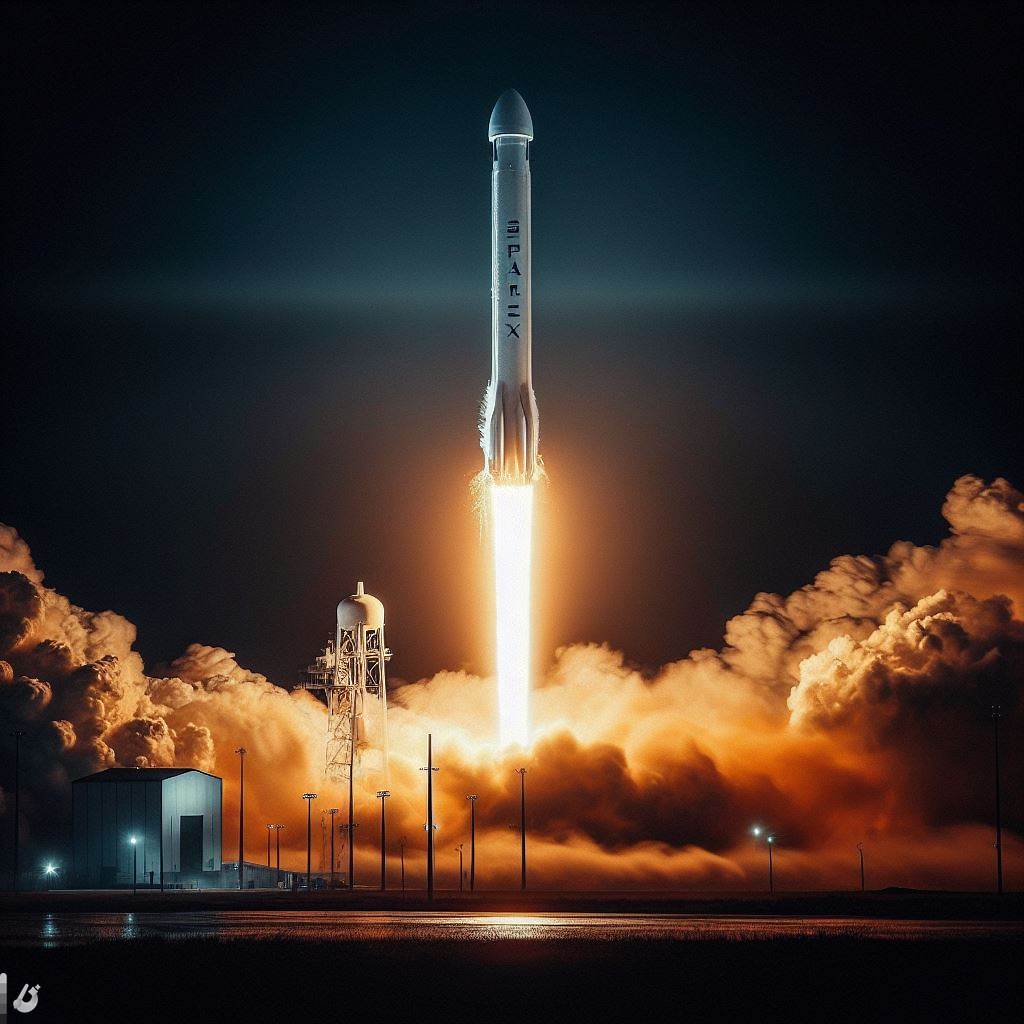· space · 3 min read
SpaceX Resumes Falcon 9 Launches After Investigating Upper Stage Anomaly
SpaceX successfully returns to flight with a Starlink mission, detailing the cause of the July 11 anomaly and implementing fixes to prevent future incidents.

Falcon 9 Returns to Flight
In a significant development for the commercial space industry, SpaceX’s Falcon 9 rocket successfully returned to flight on July 27, 2024, just 15 days after an upper stage anomaly during a previous launch. The rocket lifted off from Kennedy Space Center’s Launch Complex 39A at 1:45 a.m. Eastern, deploying 23 Starlink satellites into orbit approximately an hour later.
Investigation Findings
SpaceX revealed on July 25 that the July 11 anomaly was traced to a crack in a sense line for a pressure sensor in the upper stage. The company attributed the crack to fatigue from engine vibrations, exacerbated by an ineffective clamp meant to constrain the line. This crack led to a liquid oxygen leak, preventing the stage’s Merlin engine from performing a crucial second burn to circularize its orbit.
Sarah Walker, director of Dragon mission management at SpaceX, provided further details during a NASA briefing. The leak caused “excessive cooling” of engine components, including the TEA/TEB ignition fluid necessary for restarting the Merlin engine. “Without that ignition fluid present at the time when the fuel and oxygen started mixing, that caused damage to a number of components on the engine,” Walker explained.
Implemented Fix and Future Plans
As a near-term solution, SpaceX has decided to remove the problematic sense line altogether. The company stated that the data from the associated sensor is not critical for operations. Steve Stich, NASA commercial crew program manager, noted that the sense line “was potentially a little under-designed, I would say, for that environment.”
SpaceX is expected to conduct a “rigorous certification” process for this change, including reviews of vehicle software modifications that will no longer utilize data from the removed sensor. This process is particularly crucial ahead of the upcoming Crew-9 launch to the International Space Station, currently scheduled for no earlier than August 18.
NASA’s Involvement and Lessons Learned
NASA has been closely involved in SpaceX’s investigation, with agency teams embedded in the process. Stich emphasized SpaceX’s transparency throughout the investigation and expressed agreement with the outcome and planned fix.
The incident has reinforced the importance of scrutinizing even minor changes in spacecraft design. Stich remarked, “It’s a good lesson learned for all of us in human spaceflight, and spaceflight in general, that small changes matter.”
Looking Ahead
SpaceX has a busy schedule ahead, with two more Falcon 9 launches planned for July 28, both carrying Starlink satellites. The company is also preparing for its first non-Starlink customer launch since the anomaly, with a Cygnus cargo spacecraft for NASA and Northrop Grumman scheduled for as early as August 3.
While the removal of the sense line is considered a near-term fix, SpaceX has hinted at additional actions in the coming weeks. Walker mentioned an upcoming report on the investigation that will detail these further steps, though specific details remain undisclosed.
As SpaceX continues to push the boundaries of commercial spaceflight, this incident serves as a reminder of the complexities and challenges inherent in space exploration. The swift return to flight and transparent investigation process demonstrate the company’s resilience and commitment to safety, crucial attributes as it continues to play a pivotal role in both commercial and government space missions.





